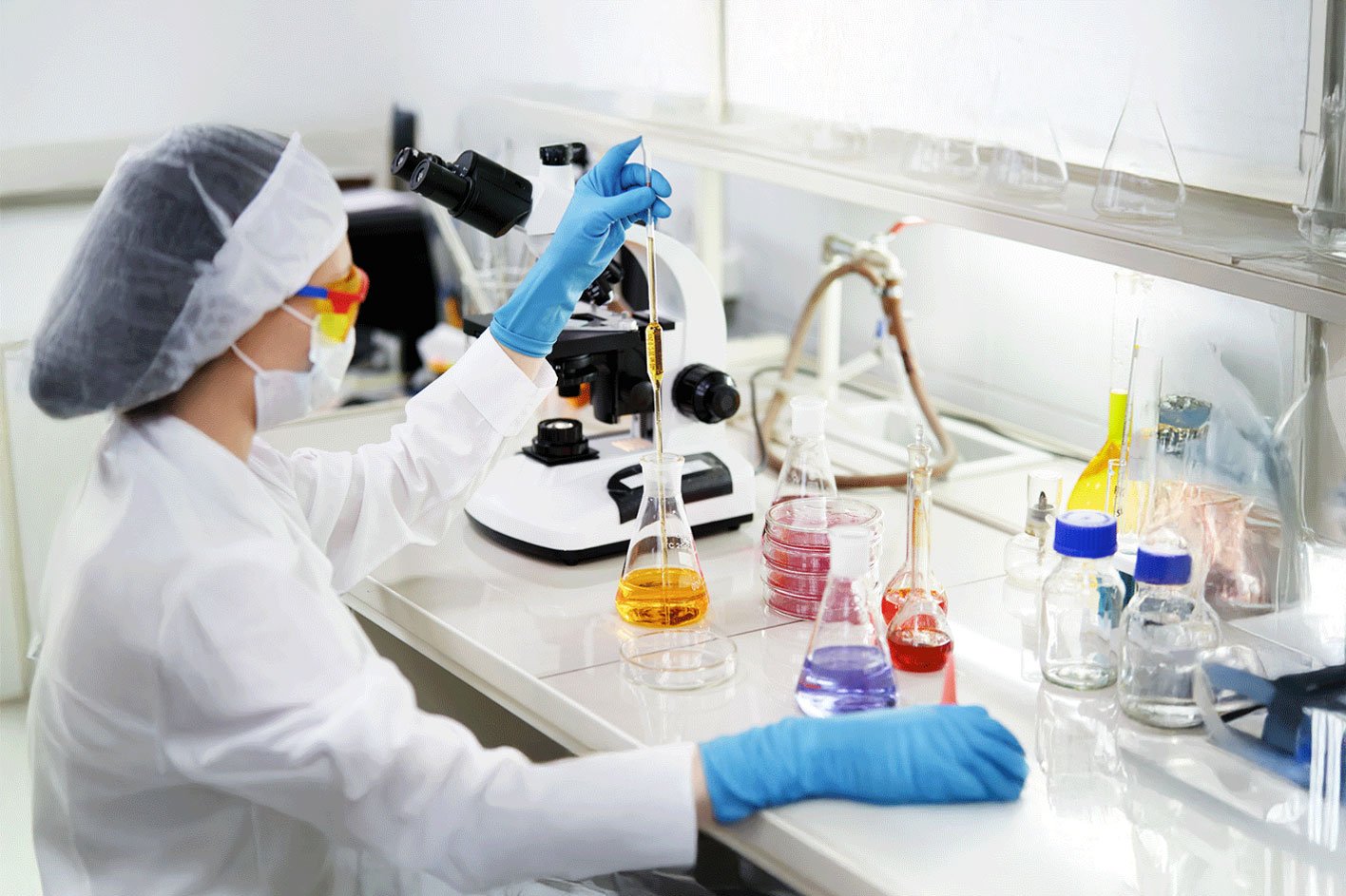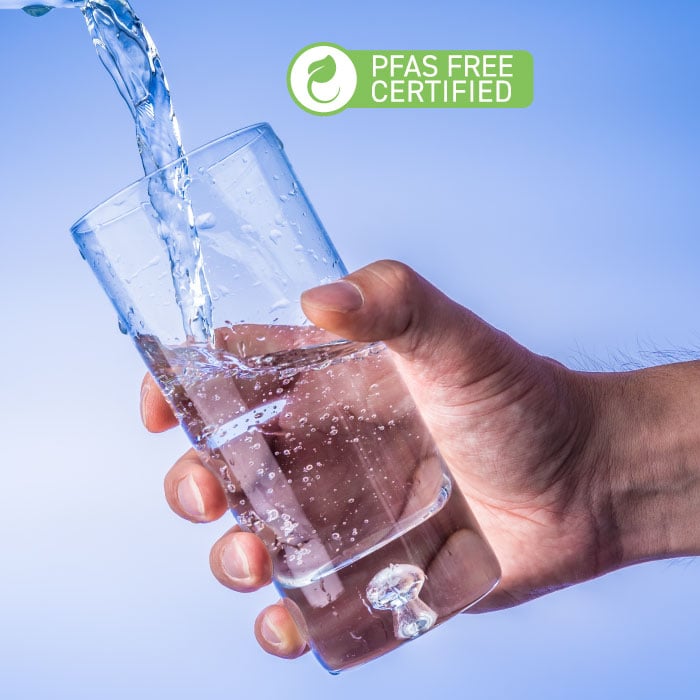PFAS pollution in drinking water: GVS's actions
HomeDrinking water is an essential resource, as it is fundamental to life and health. However, despite the rigorous controls required by national and European laws, it is at risk of contamination by dangerous and persistent substances known as PFAS.








